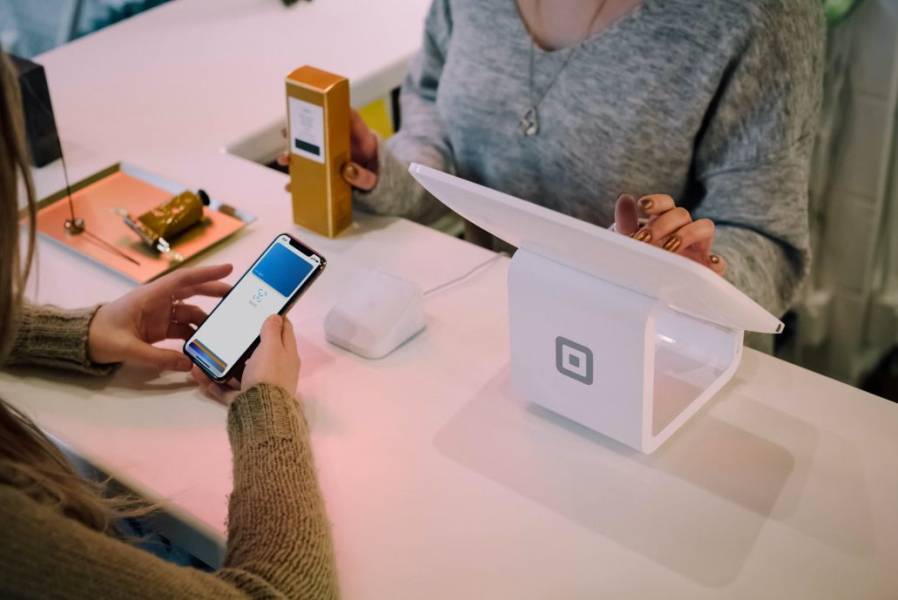The world is gradually moving towards a complete digital infrastructure, especially for identity documents (IDs). According to Forbes, digitizing your IDs can minimize identity theft and ensure faster document verification. It can also give you better access to various services and goods.
Technically, document digitization creates digital versions of important paper records used to prove your identity. According to Adobe, you can make digital copies as a backup to original documents for easy access from anywhere. These include insurance policies and other identity documents.
In this blog, we will discuss the three IDs you should digitize as soon as possible.

#1. Insurance Cards
Let’s assume that you’ve gone for a routine doctor’s visit. Then, you’ll need to present your health insurance information to cover the costs. However, carrying the physical copy with you can be inconvenient, and you risk losing it. That’s why you should keep a digital insurance card on your phone.
It will allow easy and convenient access to the information when you’re about to pay. With it, you no longer have to scramble through your pockets to find the insurance papers.
Tips to Digitize Insurance Cards
You can use the Apple Wallet’s feature specifically designed to manage insurance policies. According to Marble, before doing that, you must check whether your insurance company and state support digital cards or not. For example, Massachusetts and New Mexico don’t allow digital insurance cards.
Now that you’ve checked, how exactly do you add an insurance card to Apple Wallet? For that, you can follow these steps:
- Download your insurance provider’s mobile app.
- Create an online account using your last name and policy number.
- Check if the app has a ‘digital card or ID’ section.
- Open that and click on ‘add to Apple Wallet.’
- Check the authenticity of your information and add the card.
If you don’t want to go through this hassle, you can simply use an all-in-one insurance management app. These will consolidate all your insurance policies into one place and easily sync them with Apple Wallet.
#2. Driver’s License
Imagine you’re at the airport to catch a flight to your hometown during the holidays. However, at the last moment, you’ve left your driver’s license at home. According to the TSA, you’ll need a valid photo identity to travel domestically.
That’s when a digital driver’s license comes in handy. It provides high-security data transmission and verification. The digital version also ensures proper credential storage. Moreover, it is harder to duplicate or alter.
How Do You Digitize Your Driver’s License?
Digitizing your driver’s license will not replace the physical copy but act as a supplement to it. However, access to this will depend on the state you reside in. For example, Arizona, Louisiana, Maryland, Utah, etc., have rolled out state-sponsored apps to verify digital IDs.
The state and federal governments have begun to take steps toward implementing digital driver’s licenses for everyday use. To set it up, you should follow these steps:
- Go to the DMV and request a digital driver’s license.
- Download a state-approved app to complete pairing it with your phone.
- The app will securely store it and access it with your biometrics.
In some states, you can pair the digital license with your Apple Wallet. For that, you can scan your physical ID, take a picture of yourself, and complete a series of facial movements. Once done, the state will verify the license before you can use it in Apple Wallet.
#3. Student or Work ID
Approximately 30% of Americans do not drive, mainly because they don’t have a valid driver’s license. If you’re in the same boat, you probably didn’t get the time to renew it or haven’t passed DMV tests.
In either case, you’ll still need some form of ID at grocery stores, public libraries, gas stations, etc. These can be student IDs or work IDs. Now, digitizing them will allow you to gain easier access when in need. Accessing the IDs will become convenient and streamlined.
How Can You Store Student IDs or Work IDs On Your Phone?
Unfortunately, there aren’t any state-certified apps or processes to get your work ID digitized. Here are the steps you should follow to do it manually:
- Download a trusted digital scanner.
- Scan the document using your phone’s back camera.
- Ensure that the digital version is clear and every detail is visible.
- Save it as a PDF file and add a security lock.
As for student IDs, you can request that your professor look into issuing a digital version of the student card. The administration will then email you the ID. With it, you no longer have to carry or show physical identity proof to enter university premises, go to the library, etc.
You can add your student ID or an employment badge to your Apple Wallet. To add the employment badge, you can contact your employer to understand the steps required. For student IDs, you can download the university app and enter the username and password. Once done, tap the ‘add to Apple Wallet’ option and follow the instructions.
The Bottom Line
While digitizing your IDs has gained popularity, it can never fully replace the traditional verification methods. For example, Oklahoma State has added a necessary in-person verification option to the digital platform for residents seeking unemployment benefits. They can verify their identity online only after capturing their live face with a state-issued ID card.
The thing is, keeping your crucial documents digitized has its pitfalls if rushed and done incorrectly. That’s why state legislatures should slowly perfect the process of authorizing digital licenses. They must create a robust, unhackable technological background protected by state-of-the-art security systems and policies. Otherwise, there will be privacy concerns and identity thefts.
But at the end of the day, digitizing your IDs is a significant change that can eventually alter the identification process in America.
HedgeThink.com is the fund industry’s leading news, research and analysis source for individual and institutional accredited investors and professionals




































